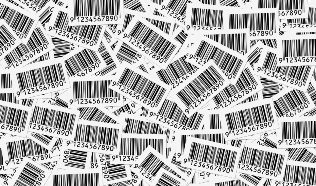 As serialization mandates sweep the world you would think that drug manufacturers and repackagers would just deploy one generic “serialization application” and simply turn it on for any drugs that requires it, and turn it off for any that do not. That’s probably what the legislatures and regulators who create the requirements think. RxTrace readers know it’s not nearly that easy.
As serialization mandates sweep the world you would think that drug manufacturers and repackagers would just deploy one generic “serialization application” and simply turn it on for any drugs that requires it, and turn it off for any that do not. That’s probably what the legislatures and regulators who create the requirements think. RxTrace readers know it’s not nearly that easy.
The problem is that every regulation requires something different. The only common thread is that there is always a “serial number” requirement in there somewhere (thus the name). But the serial number itself is usually defined differently and everything else that surrounds the serial number is often not the same. It’s not a matter of just turning it on and off, it’s a matter of changing a bunch of parameters, which result in significantly more complexity in the setup, testing and validation of the system for each market. Continue reading Meeting U.S. and E.U. Drug Serialization Requirements With A Single Solution







